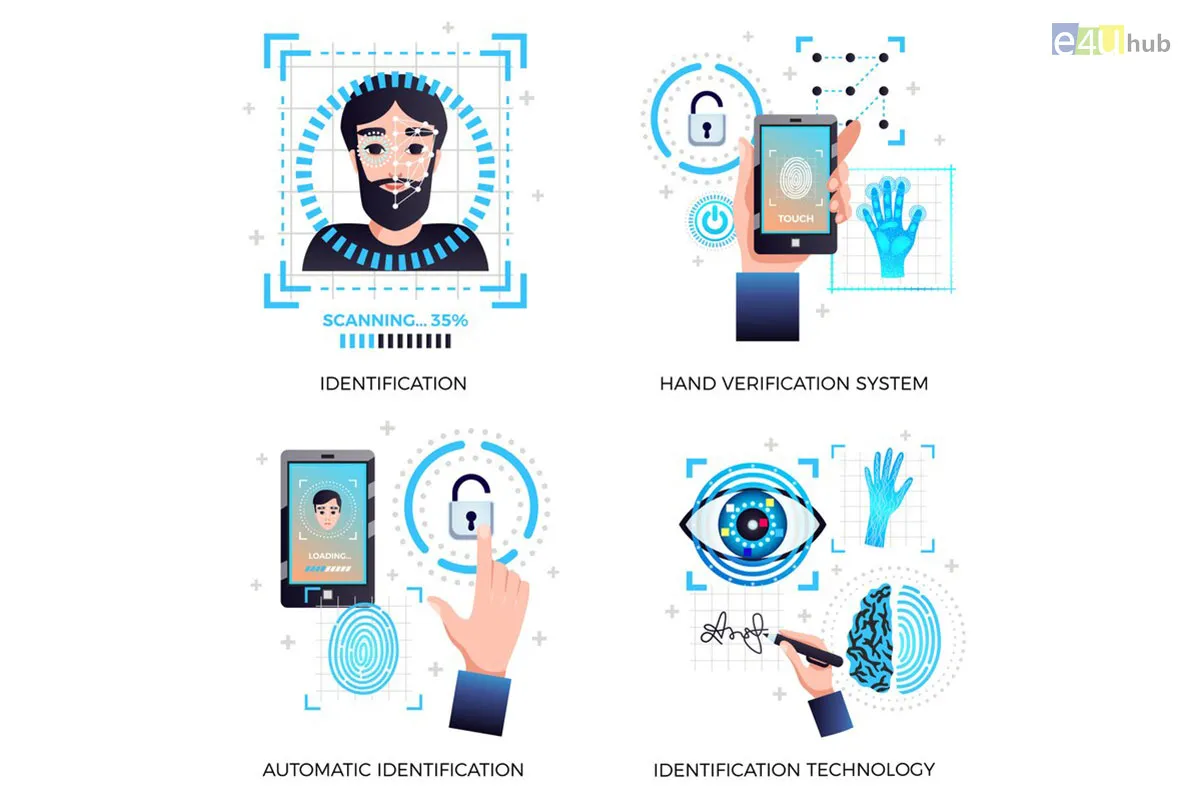
Top 10 Developer Tools You Should Be Using in 2025
- 23 Aug, 2025
- Tech
- 188 Views
- 0 Comments
The developer landscape is evolving at a faster pace than ever. With new challenges in AI, cloud, remote work, and security, developers in 2025 need tools that go beyond just writing code. Whether you're a frontend wizard, backend guru, or full-stack builder, staying ahead means upgrading your toolbelt.
Here are the top 10 developer tools you should be using in 2025 to boost productivity, write cleaner code, and ship faster.
1. GitHub Copilot X
Category: AI Coding Assistant
Why Use It:
GitHub Copilot X, the evolved version of Copilot, uses GPT-4 to generate, explain, and even refactor entire codebases. It now integrates with pull requests, terminal commands, and even unit test creation.
Pro Tip: Use it to speed up boilerplate code writing and improve test coverage.
2. Raycast
Category: Productivity / Developer Workflow
Why Use It:
Raycast replaces your macOS Spotlight and enhances it with extensions for Git, Jira, Notion, Figma, and more. In 2025, it will also include a built-in AI assistant to streamline your workflows.
Developers use it to trigger scripts, run dev environments, and even query databases—all from one launcher.
3. Warp Terminal
Category: Modern Terminal
Why Use It:
Warp is a GPU-accelerated terminal built for teams. It features autocomplete, AI commands, and real-time collaboration, making it a powerful upgrade from traditional terminals.
New in 2025: AI-assisted command explanations and better VS Code integration.
4. Visual Studio Code (VS Code) with AI Extensions
Category: Code Editor
Why Use It:
VS Code remains unbeatable thanks to its ecosystem. In 2025, the latest AI extensions—like Continue (an open-source Copilot alternative) and CodeWhisperer—make VS Code an even more powerful IDE.
Recommended Extensions: Prettier, GitLens, TabNine, Docker, and Remote SSH.
5. Zed Editor
Category: Real-Time Collaborative Editor
Why Use It:
Zed is a fast, collaborative code editor created by the same team behind Atom. It focuses on pair programming, multiplayer editing, and low-latency performance—perfect for remote teams.
Think “Google Docs for developers”—without lag.
6. Docker Desktop with WASM Support
Category: DevOps / Containers
Why Use It:
Docker Desktop now supports WebAssembly (WASM), allowing you to run lightweight and secure microservices. This makes it even more powerful for testing, CI/CD, and deploying microservices.
Docker + WASM = Fast, sandboxed apps that start instantly.
7. Deno
Category: Runtime Environment
Why Use It:
Created by Node.js co-founder Ryan Dahl, Deno 2.0 is secure by default, supports TypeScript natively, and has built-in tooling (like formatting, linting, and testing). It’s gaining serious ground in 2025.
Bonus: No need for third-party package managers—Deno fetches directly from URLs.
8. Postman + AI
Category: API Development
Why Use It:
Postman remains the go-to for API testing, but in 2025, it adds AI-powered request generation, automated test case creation, and collaborative workspaces that integrate directly with source control.
Let AI write your API tests based on your OpenAPI schema.
9. Turso (SQLite for the Edge)
Category: Edge Databases
Why Use It:
Built for edge-first apps, Turso is a distributed SQLite database with low-latency global reads. Perfect for serverless functions and JAMstack applications.
Great for developers building global apps on Vercel, Cloudflare Workers, or Netlify.
10. Replay.io
Category: Debugging
Why Use It:
Replay.io records your web app in the browser, so you can replay bugs, inspect the DOM, console logs, network activity, and state at any point in time.
Debug once, rewind forever. No more “It works on my machine.”
Final Thoughts
2025 is all about speed, collaboration, and automation. AI assistants, collaborative environments, and tools optimized for edge and cloud computing are changing how we code. Whether you're shipping solo or working on massive teams, these tools will help you stay ahead of the curve.















Leave a Reply